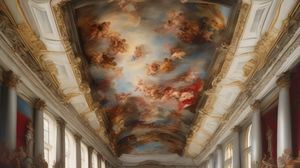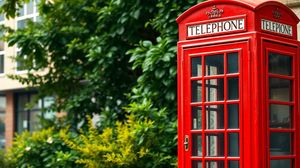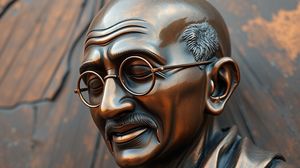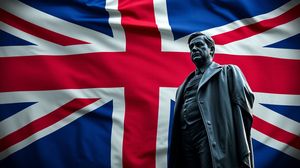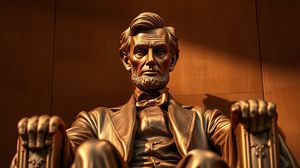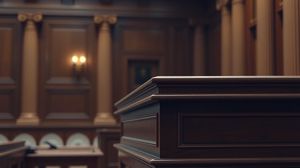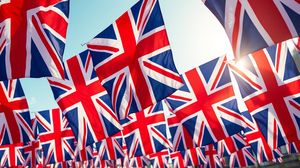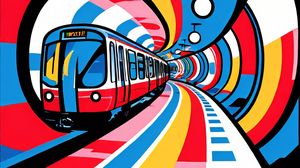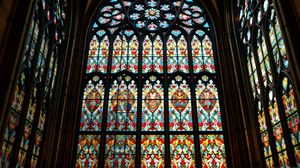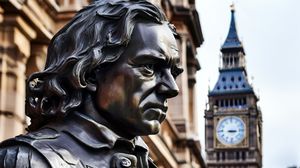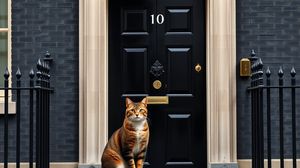
10 Downing Street is one of the most famous addresses in the world. Known simply as "Number 10," it has served as the residence of the Prime Minister of the United Kingdom since 1735. This iconic building plays a pivotal role in British political history and is located in the City of Westminster, at the heart of London.
The building itself dates back over three centuries. It was originally three separate houses before being transformed into the distinguished home it is today. The black front door of Number 10 is one of its most recognizable features, and despite appearances, it does not have a keyhole as it can only be opened from the inside.
Number 10 has an extensive interior that defies the relatively modest exterior view. The building contains over 100 rooms, including offices, reception rooms, and private residences. The staircase leading to the second floor is lined with portraits of every previous Prime Minister, contributing to its grand historical atmosphere.
Interestingly, due to its age and the construction materials used, 10 Downing Street has developed a curious aesthetic. The building leans slightly forward, a peculiar quirk known to visitors and staff. This has become a distinctive feature of the historic residence.
Visitors are often intrigued to learn that Winston Churchill reportedly coined the term "the Downing Street flat" to refer to the personal quarters of the Prime Minister. This colloquially refers to the living spaces hidden behind decisions that shape the UK's future.
One fascinating detail about Number 10 is its symbolic cat, currently named Larry. Known officially as the "Chief Mouser to the Cabinet Office," this feline resident plays a beloved role and even has a dedicated following on social media.
The building also holds stories of important historical events and many profound decisions that have been made within its walls. From wartime strategy to pivotal legislative changes, the influence of the decisions made at 10 Downing Street extends globally.
10 Downing Street is not typically open to public tours, but it remains a sought-after sighting for those exploring London. Standing outside its gates offers a glimpse into the heart of British politics, and witnessing the symbolic guards adds to the area's allure.

Making the Most of Your Visit:
Remember, you can't actually go inside 10 Downing Street unless you're part of an official tour or event, but there's still plenty to appreciate from the outside. Taking a stroll along Whitehall can give you a sense of the area's importance in British government and history.
If you're keen on seeing the famous black door, the closest you'll get is from the pedestrianized section of Downing Street or looking through the iron gates. To get the best view, try using a zoom lens on your camera or smartphone.
Since direct access is restricted, timing your visit around certain events or political milestones might increase your chances of seeing someone of interest entering or leaving. Check if there are any official ceremonies or important political meetings scheduled during your time in London.
Look for the distinguished resident, Larry the cat, who sometimes makes appearances near the entrance. Though it's more of a chance encounter, spotting the Chief Mouser can be an unexpected highlight of your visit.
To make the most of being in this historical area, consider combining your trip with a visit to other nearby iconic landmarks like the Houses of Parliament or Trafalgar Square. It makes for a full day of exploring central London's powerful places.

Visiting Times & Costs:
10 Downing Street, often considered the heart of UK political activity, is not open to the public for general visits or tours. Access is typically limited to official government staff, guests attending state events, or journalists with accreditation. Therefore, entering Number 10 is a rare opportunity mostly reserved for those with official business or by special invitation.
Opening Times:
- As 10 Downing Street is the official residence and workplace of the UK Prime Minister, it does not have public opening hours.
Cost:
- There is no cost for visiting the vicinity of 10 Downing Street, as it is a public street. However, access to the building itself is not available for a fee or ticketed tours.
Accessibility:
- Visitors can view the iconic entrance from behind the iron gates. The street is accessible to pedestrians along Whitehall, although Downing Street itself has restricted access.
Due to these restrictions, those interested in seeing 10 Downing Street often do so by viewing it from Whitehall or during special public events where limited public access might be allowed, such as Open House London.

Address & Map:

Nearby:






